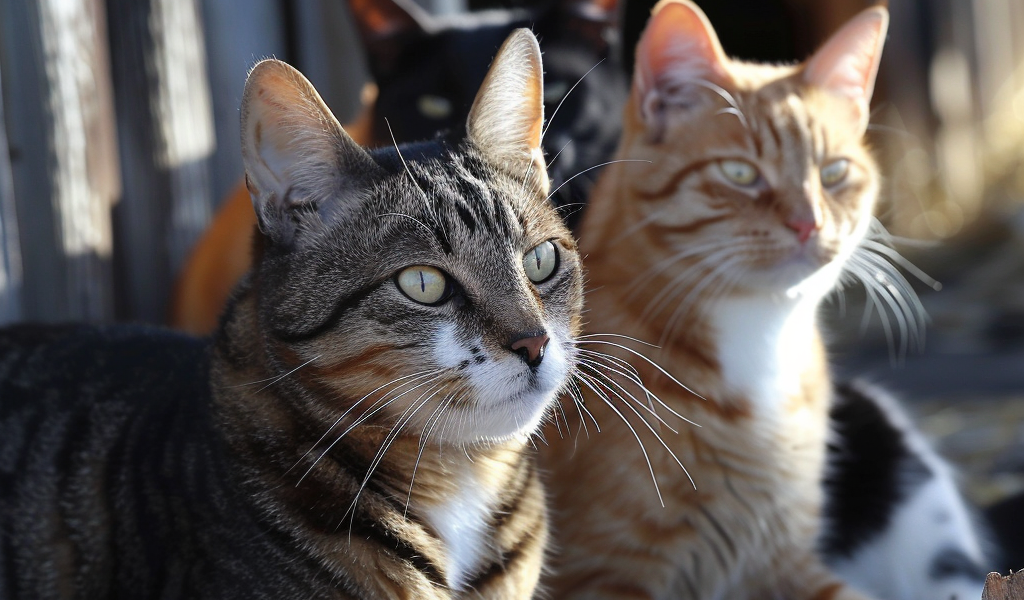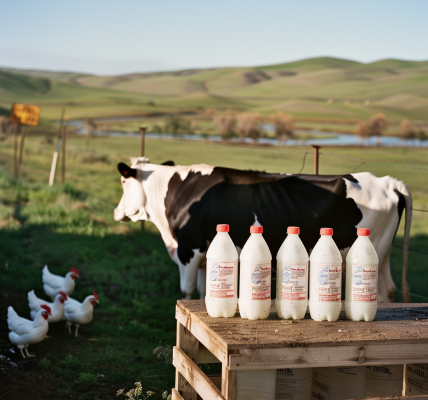Three more cats have tragically succumbed to the H5N1 bird flu in the United States, bringing the total known feline fatalities to 10 since the virus spread to dairy cows earlier this year. The latest cases, as reported by state officials, include a domestic cat with no farm connections, highlighting the concerning spread of the avian flu.
According to Dr. Samantha Uhrig, the state veterinarian, two of the deceased cats were discovered at a dairy farm in Curry County, New Mexico, where cows also tested positive for the virus following a decline in milk production. Meanwhile, in Yellowstone County, Montana, a domestic cat displayed neurological symptoms after its owner found a deceased skunk on the property. Initially thought to have rabies, further testing revealed the cat was infected with H5N1 bird flu, with no apparent links to farms or dairy cows, as confirmed by Tahnee Szymanski, the state veterinarian.
With the confirmed deaths of at least 10 cats in the U.S. due to H5N1 bird flu, concerns are mounting over the potential underreporting of infected barn cats due to limited testing. The global circulation of the H5N1 clade 2.3.4.4b strain, now affecting an increasing number of mammals, has sparked fears of potential human-to-human transmission from a mutated variant in the future. While a few human cases have been documented following contact with infected birds or cattle, the risk remains relatively low at present.
In a significant development, the U.S. Department of Agriculture (USDA) disclosed in late March the detection of bird flu in unpasteurized milk from ailing cows in Kansas and Texas, marking the first instances in cattle. Subsequently, the number of outbreaks on dairy farms has surged to 42 across 9 states, underscoring the severity of the situation.





